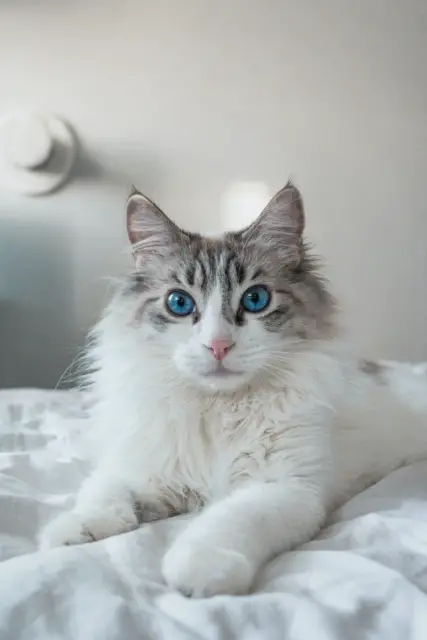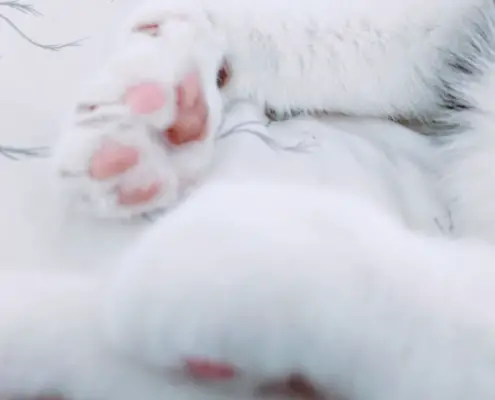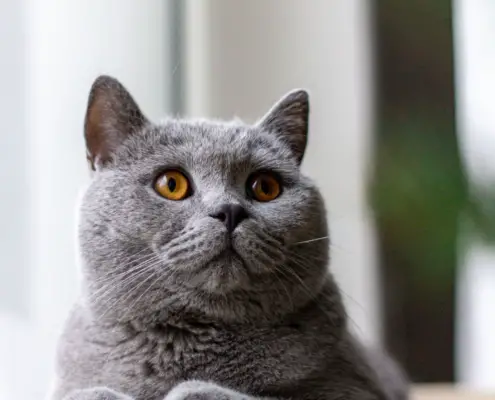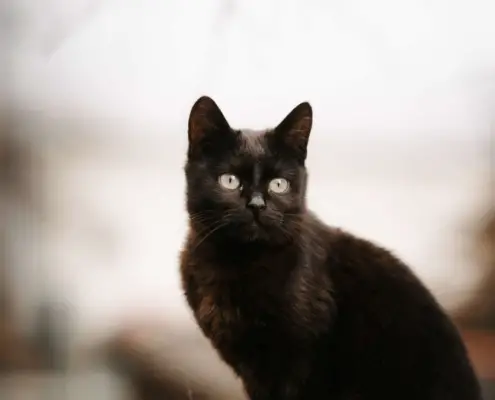Breed Name
Ragdoll
Alternate Names
Rag doll

The Ragdoll cat breed is known for its gentle nature and endearing qualities, making it a beloved companion for many cat lovers. Originating in the United States in the 1960s, this breed has captured the hearts of cat enthusiasts worldwide. From their stunning appearance to their affectionate personality, Ragdolls have become a popular choice for those seeking a feline companion that is both beautiful and loving.
History of the Ragdoll Cat Breed
The history of the Ragdoll cat breed is as fascinating as the cats themselves. It all began with a white Persian cat named Josephine, who was found in Riverside, California, in the 1960s. This beautiful feline had unique traits and a friendly disposition. She became the foundation cat for the Ragdoll breed, and her lineage can be traced back to all Ragdolls today.
Ann Baker, a cat breeder, recognized the potential of Josephine’s offspring and began selectively breeding them to create the Ragdoll breed as we know it today. She aimed to develop a cat with a docile temperament, striking color patterns, and large size. Through careful breeding and selection, Baker successfully established the breed’s distinctive characteristics.
Physical Characteristics of Ragdoll Cats
Ragdolls are known for their stunning appearance and distinctive physical characteristics. They are large cats, with males typically weighing between 15 and 20 pounds, and females weighing between 10 and 15 pounds. Their bodies are muscular and well-built, giving them a robust and substantial appearance.
One of the most notable features of Ragdolls is their beautiful coat. They have medium to long hair that is silky and soft to the touch. Ragdolls come in various color patterns, including colorpoint, mitted, and bicolor. The colorpoints have darker extremities, such as the ears, face, paws, and tail, while the mitted Ragdolls have white paws and a white chin. Bicolor Ragdolls have a white inverted “V” on their faces, as well as white paws and chest.
Personality Traits of Ragdoll Cats
Ragdolls have a reputation for being one of the most affectionate cat breeds. They are known for their gentle and loving nature, often seeking out human companionship and enjoying being held and cuddled. Ragdolls are often referred to as “puppy-like” cats because of their tendency to follow their owners around the house and greet them at the door.
These cats are also known for their laid-back and easygoing temperament. They are generally not prone to aggression and get along well with other pets and children. Ragdolls are known to be highly adaptable, making them suitable for a variety of households and lifestyles.
Health Considerations for Ragdoll Cats
While Ragdolls are generally healthy cats, they are prone to certain health conditions that potential owners should be aware of. One such condition is hypertrophic cardiomyopathy (HCM), a heart disease that can affect cats of any breed. Regular veterinary check-ups and screenings can help detect and manage this condition.
Another health consideration for Ragdolls is their susceptibility to polycystic kidney disease (PKD). This genetic disorder can cause the formation of cysts in the kidneys, leading to kidney failure. Responsible breeders will screen their cats for PKD and take steps to minimize the risk of passing it on to future generations.
Proper nutrition and regular exercise are essential for maintaining the overall health and well-being of Ragdolls. Providing a balanced diet and engaging in interactive play sessions can help prevent obesity and keep these gentle giants in optimal condition.
Caring for a Ragdoll Cat
Caring for a Ragdoll cat involves meeting their specific needs to ensure their well-being and happiness. Their luxurious coat requires regular grooming to prevent matting and keep it looking its best. Brushing their fur a few times a week and checking their ears and eyes for any signs of infection or irritation is important.
Ragdolls are indoor cats and should be provided with a safe and stimulating environment. They enjoy having access to climbing structures, scratching posts, and interactive toys. Creating a designated space for them to relax and feel secure, such as a cozy bed or perch, is also beneficial.
Regular veterinary care, including vaccinations, deworming, and preventive treatments for fleas and ticks, is essential for maintaining the health of your Ragdoll. Additionally, maintaining a clean litter box and providing fresh water and a balanced diet are crucial aspects of their care.
Ragdoll Cat Breeders and Adoption Options
If you are considering adding a Ragdoll cat to your family, there are several options to consider. Reputable Ragdoll breeders can provide you with a healthy and well-socialized kitten that meets the breed standards. It is essential to research and visit multiple breeders to ensure they prioritize the health and well-being of their cats.
Another option is adopting a Ragdoll cat from a rescue or shelter. Many purebred cats, including Ragdolls, end up in shelters due to various reasons. By adopting, you provide a loving home to a cat in need and save them from potential euthanasia.
Training and Socialization Tips for Ragdoll Cats
Ragdolls are intelligent cats that can be trained and socialized effectively. Starting early with positive reinforcement training can help teach them basic commands and behaviors. Reward-based training methods, such as using treats and praise, work well with Ragdolls.
Socialization is also crucial for Ragdoll cats, especially during their early development stages. Exposing them to different people, animals, and environments can help them become well-adjusted and confident cats. Gradual and positive introductions to new experiences will ensure they feel comfortable and secure.
Fun Facts about Ragdoll Cats
Here are some fun facts about Ragdoll cats that you may find interesting:
- Ragdolls are known for going limp when picked up, hence their name. They go completely relaxed and floppy, making them easy to handle.
- Ragdolls are often compared to dogs because of their loyalty and tendency to follow their owners around the house.
- These cats have striking blue eyes that can range from deep sapphire blue to a lighter shade.
- Ragdolls are slow to mature and may not reach their full size and coat length until they are about three years old.
Why the Ragdoll Cat Breed is a Beloved Companion
In conclusion, the Ragdoll cat breed has captured the hearts of cat lovers worldwide with its gentle nature and endearing qualities. Their stunning appearance, affectionate personality, and easygoing temperament make them a beloved companion for individuals and families alike. Whether you choose to adopt or purchase a Ragdoll, providing them with proper care, training, and socialization will result in a happy and fulfilling relationship. Consider adding a Ragdoll to your family and experience the joy of having a gentle giant by your side.
If you’re looking for a cat breed that combines beauty and affection, consider adding a Ragdoll to your family. Visit reputable breeders or local shelters to find your perfect feline companion today.
If you enjoyed my article, I would appreciate you sharing it with your network.

Sima Ndlebe
Sima writes for CatBuzz. He is interested in Cats, Health and Fitness, and Entrepreneurship.
Published: 10 October 2023



